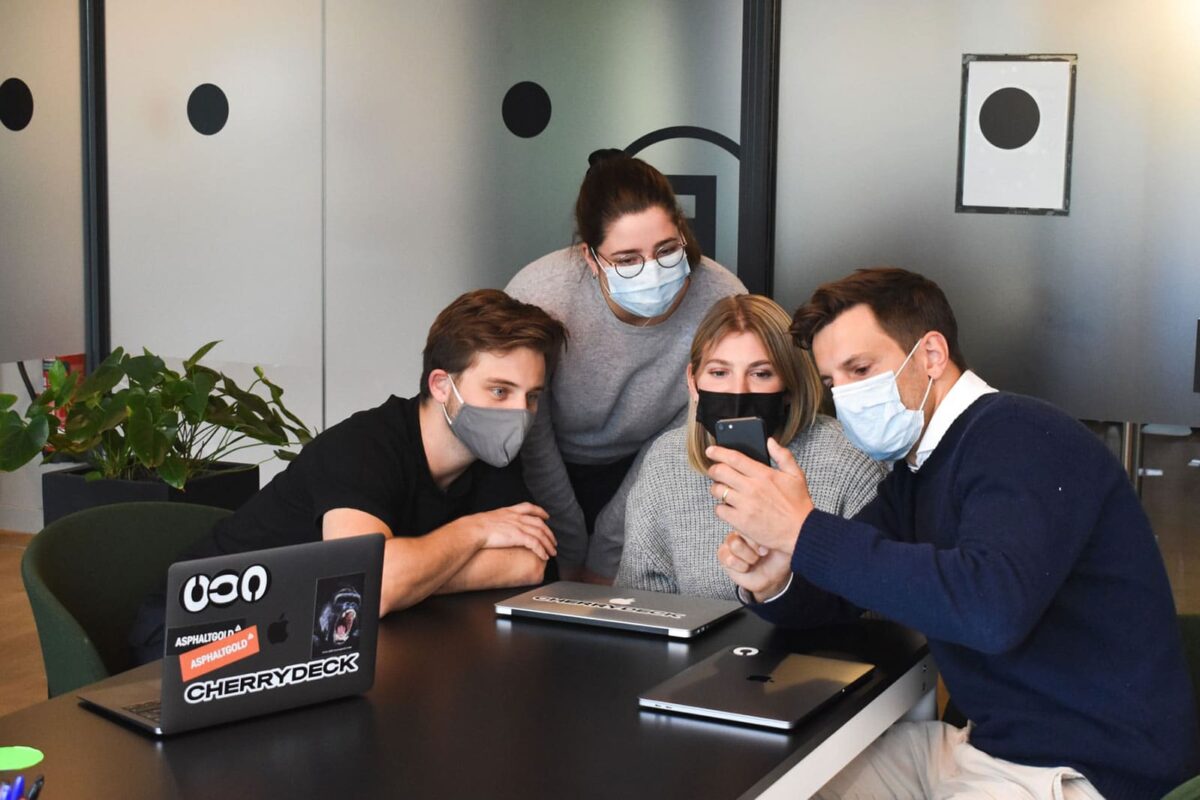Commercial buildings with air conditioning systems can be made safer from airborne infectious diseases and that could be done quite quickly, Jacksons MD Lance Jimmieson told Stuff recently.
Read the article HERE or in full below:
By Marta Steeman, Stuff
Building managers, owners and tenants are worried their air conditioning systems could spread coronavirus.
Managing director, Lance Jimmieson, of national engineering consultants Jacksons Engineering Advisers, has been up to his armpits with inquiries on whether buildings with air conditioning were safe to occupy.
Commercial buildings with air conditioning systems could be made safer from airborne infectious diseases and that could be done quite quickly, he said.
Most air conditioning systems did recirculate air and they could spread airborne bacteria and viruses “but typically don’t to the extent that people think they do”.
In decentralised systems, where there might be 10 to 20 fan coil units on one floor, the air conditioning only affected a small area of a building where that unit was operating.
In large centralised systems typically in premium and A-grade buildings there was a lot of air circulating so any fine droplets from people sneezing and coughing would be diluted, he said.
Shouting and speaking could produce water droplets which could travel up to a metre but water droplets were generally heavy and did not readily enter ventilation systems.
Small particles like aerosolised water droplets produced when people coughed and sneezed could remain airborne for extended periods of time, could travel relatively long distances and could be drawn into air conditioning units and ventilation systems.
Standard grade filters could catch some of them but if the concentration was high the chances increased that more would pass through the filters and be recirculated back into the building.
This way of transmission was shown in small spaces with high occupancy and high airflow rates like an aircraft, “but there is limited evidence of this occurring within typical building air conditioning systems,” Jimmieson said.
Generally bringing in more outdoor air into buildings helped dilute airborne contaminants, making infection less likely.
“This is a primary strategy to be adopted and it can be done quite quickly for most buildings.”
The aircon system could be used to flush out or dilute the level of internal pollutants which built up from furnishings, equipment and people in the buildings.
Buildings with large central aircon systems could be set to operate on 100 per cent outside air drawn in and 100 per cent exhaust air, with no recirculated air. It could be expensive though, with the worst case scenario a doubling of the energy cost.
While it produced excellent flushing, using full outdoor air might make offices, shops and warehouses too hot in the summer and too cold in the winter, and lead to complaints and loss of staff productivity. Some central systems might not be suitable for full outdoor air operation, Jimmieson said.
For both centralised systems and decentralised aircon systems increasing the flow of outdoor air was an excellent way to dilute internal pollutants. Increasing the speed of the outdoor air fans raised the amount of outdoor air provided to each space in the building.
Decentralised systems might have 10-20 fan coil units in a floor and outside air was delivered by a separate system, with the air being mixed into the fan coil units. Typically about 15 per cent to 20 per cent of the air circulating was continuously replaced by fresh outside air, a building code requirement.
Studies by the American Society of Heating, Refrigeration and Airconditioning Engineers (ASHRAE) regarding the spread of influenza showed that diluting contaminants with more outside air flow reduced the risk of transmission of airborne infectious diseases.
A ‘night purge’ was another excellent alternative and was not too expensive, he said. The outdoor air and any exhaust systems were set to run even when people were no longer at work. It replenished all the air in the building when no contaminants were being generated.
Most ventilation systems could be set to run night purges and a lot were over the summer months to flush out excessive heat build-up. They often ran for one to two hours in the early moring when the ambient temperature was lowest, but that could be done for longer while other parts of the system, heating and cooling, were not operating.
People were asking could they put in higher grade filters but he said that was not a good idea as they were thicker and harder for fans to blow through.
Others asked could biocide be sprayed on the filters. Jimmieson said it was not a good idea either, unless people were prepared to stand in an airstream of biocide.
These strategies should be used in conjunction with good personal hygiene, enhanced cleaning regimes and regular cleaning of the air conditioning filters.
The changes recommended could be readily carried out by competent service and controls engineers within the HVAC trade in a short time
He was meeting with contractors in the trade this week about how to make the changes and was also looking at publishing more widely guidelines on how to reduce transmission of airborne infectious diseases in commercial air conditioning systems.
But, “don’t forget the basics”, he said.
“If your building has openable windows, use them. They may allow unwanted noise and dust to get in, they might be draughty and you may struggle to achieve an optimal room temperature, but the health benefits in terms of access to (depending on where you are in the city) ‘clean’ outside air at times like these may well be worth it.”
